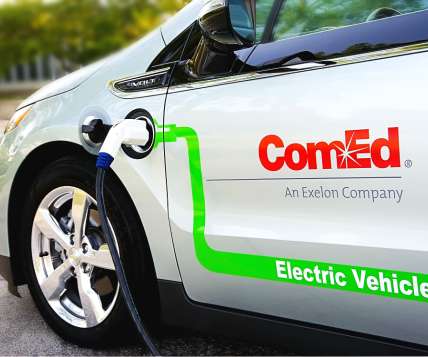Virginia Legislature passes Clean Car Standards bill; to Governor for signing
Green Car Congress
FEBRUARY 22, 2021
At the end of last week, the Virginia State Senate passed HB 1965, which directs the State Air Pollution Control Board to implement a low-emissions and zero-emissions vehicle program for motor vehicles with a model year of 2025 and later. This bill will go to Governor Northam’s desk to sign and enact into law.












Let's personalize your content